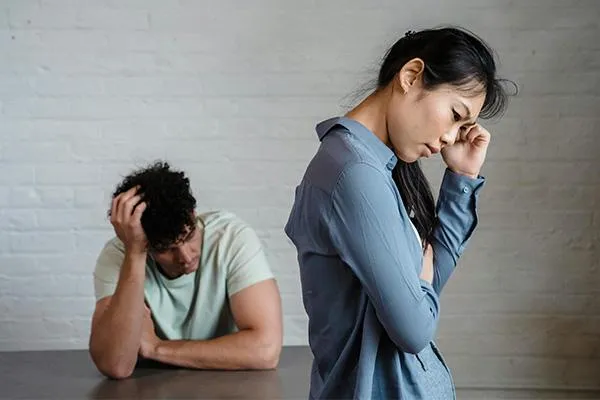
Helping Clients After a Fight
As a therapist, you have probably had lots of experiences of sitting across from a distressed client as they recount feeling unheard, dismissed, and emotionally exhausted. “He twists everything I say. One minute he’s charming, the next he shuts me out completely. I try and try and nothing works.”
As a therapist, you’ve likely found yourself in this moment—quietly wondering what is going on with their partner. Our instinct as caring people can be to validate our client’s experience, align with our client, and move to judgement of their partner. This tendency can have serious negative consequences for our clients.
A study by William Doherty found that when one partner is in individual therapy, it can lead to an increase in focus on personal distress rather than the relational dynamic. When therapists unintentionally validate the pain of the partner in front of them without considering the broader couple system, they can reinforce blame and individual narratives that drive partners further apart.
Dan Wile’s work in collaborative couples therapy highlights this exact issue. He pointed out that partners in distress tend to fall into cycles of blame and defensiveness, with one partner often taking on the role of the Pursuer (seeking closeness, demanding connection) and the other becoming the Avoider (withdrawing, shutting down). In individual therapy, a therapist may reinforce the pursuer’s distress about being ignored or the avoider’s frustration about being overwhelmed—without addressing the cyclical nature of the dynamic itself
While validation is crucial, it’s also essential to help clients see the dance they are in. Instead of reinforcing the idea that their partner is the problem, we can help them shift toward a relational perspective:
Normalize the Conflict Cycle Even the best relationships have fights. What matters is how they handle them.
Name the Cycle – Help clients recognize their role in the pursuer-avoider dynamic rather than seeing the fight as purely their partner’s fault.
Find and Validate the Need – Encourage clients to focus less on being “right” and more on what they and their partner needs and longs for.
Search for a Relationship Win – Guide clients to focus on how the relationship can win. Gottman says, “We don’t want to win by crushing our partner's dream.”
Encourage Quick Repair – Research shows that happy couples repair quickly after fights. Help your clients see repair as a strength, not a concession.
When therapists adopt a relational lens, they help clients move beyond blame and toward mutual understanding—laying the groundwork for true healing and intimacy.
The Therapist’s Role: Giving Clients Hope
As therapists, our job isn’t just to help clients process their emotions—it’s to give them hope. Many clients, especially those who come from difficult backgrounds, have never seen conflict handled well. They may believe that fights mean their relationship is doomed. Your role is to reframe conflict as an opportunity for growth and deeper connection.
If they’re willing to learn and apply these principles, they won’t just get better at repairing after fights—they’ll start transforming their entire relationship dynamic. And that’s where the real magic happens.
Final Thought
Fights aren’t a sign of failure. They’re a sign that two people care deeply enough to engage about important needs they have. The real question isn’t whether couples will fight—it’s how they’ll fight and how they’ll repair. The best thing we can do as therapists is equip them with the skills to turn conflict into connection, resentment into understanding, and fights into opportunities for love to grow.
